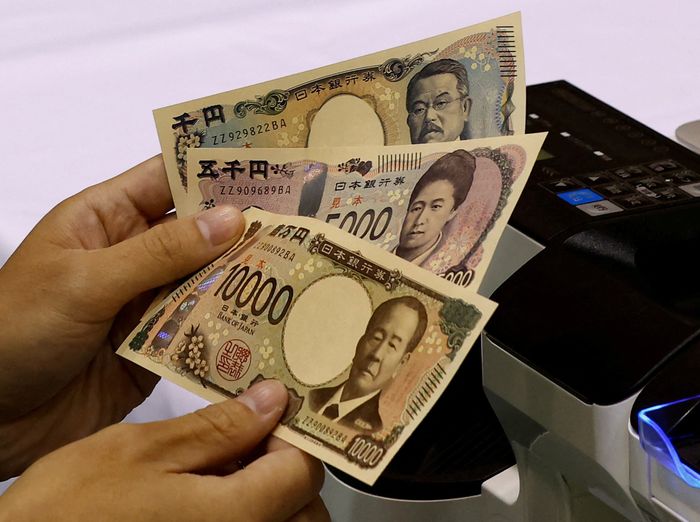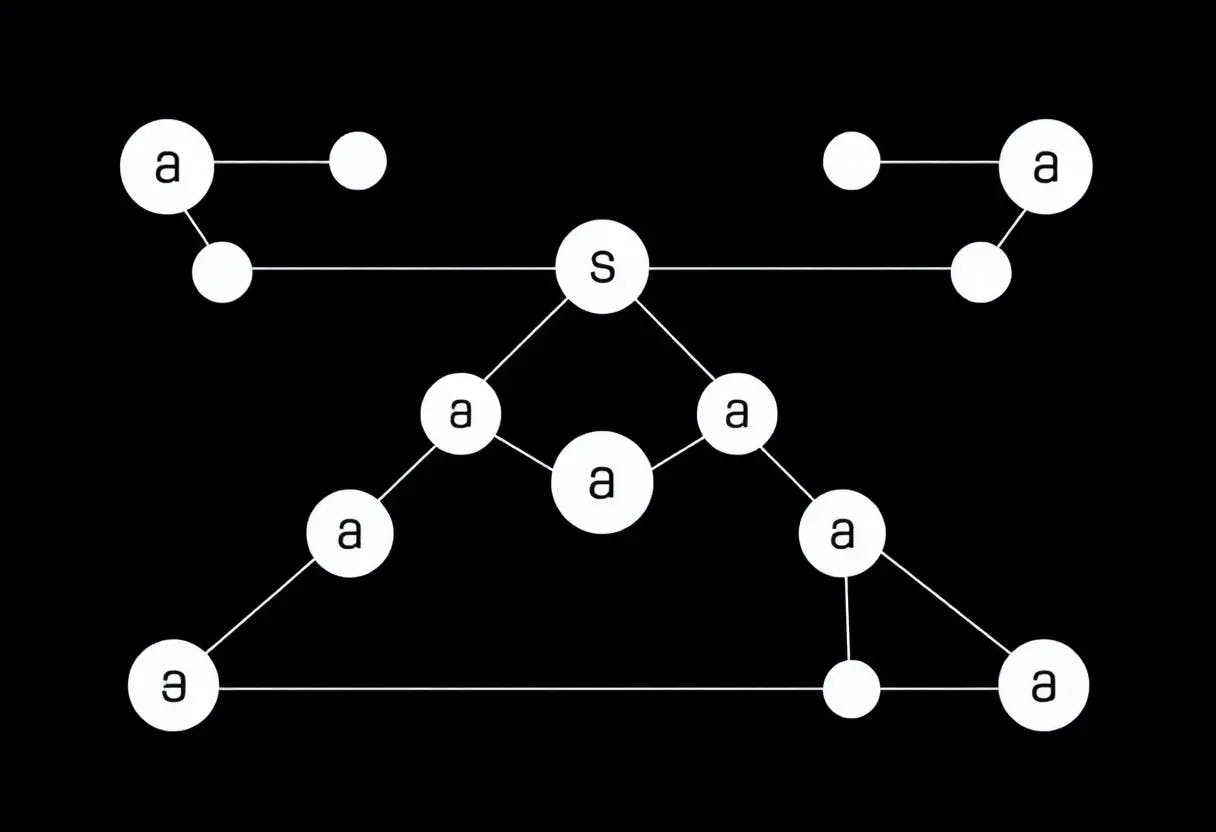Yen Falls, JGB Yields Slip as Japan’s Takaichi Becomes First Woman Prime Minister


Japan’s financial markets saw a muted but symbolically significant session on Tuesday as the Nikkei 225 closed at a record high, while the yen weakened and government bond yields fell, following the parliamentary confirmation of Sanae Takaichi as Japan’s first woman prime minister.
The Nikkei benchmark index rose as much as 1.55% during early trading before paring gains amid choppy afternoon moves to close 0.3% higher at 49,316.06 — a fresh all-time high. The broader Topix index was little changed by the end of the session.
Japanese government bonds (JGBs) rallied, sending yields lower across the curve. The benchmark 10-year yield eased 1 basis point to 1.655%, while the five-year yield dropped 2 basis points to 1.22%. The yen fell 0.4% to 151.36 per U.S. dollar, reflecting continued weakness as investors reassessed Japan’s fiscal outlook under Takaichi’s administration.
Register for Tekedia Mini-MBA edition 18 (Sep 15 – Dec 6, 2025): registration continues.
Tekedia AI in Business Masterclass opens registrations.
Join Tekedia Capital Syndicate and co-invest in great global startups.
Register for Tekedia AI Lab: From Technical Design to Deployment.
A new chapter in Japanese politics
Takaichi’s victory marks a historic milestone for Japan, a country that has never before elected a woman to its highest political office. The 63-year-old conservative lawmaker, known for her nationalist leanings and support for large-scale fiscal stimulus, secured 237 votes in the 465-seat lower house, comfortably surpassing the threshold needed to assume power.
The parliamentary confirmation came after a politically charged month in which Takaichi won the Liberal Democratic Party (LDP) leadership race but faced delays in forming a government after her long-time ally, Komeito, split from the ruling coalition.
Markets had already priced in much of the optimism surrounding her policy stance — dubbed the “Takaichi trade” — which combines expectations of equity strength, a softer yen, and weakness in long-term bonds on the back of expansive fiscal measures.

Markets brace for pragmatism
However, analysts now suggest that Takaichi’s fiscal ambitions may face limits. Despite her victory, the LDP’s new alliance with the Japan Innovation Party (Ishin) leaves the ruling bloc short of a clear parliamentary majority, constraining her ability to push through aggressive stimulus or major structural reforms.
“We think the administration will be compelled to take a pragmatic approach to economic policy and do not expect the Takaichi trade to gain significant traction in the medium term,” said Yusuke Matsuo, senior market economist at Mizuho Securities, in a note to clients.
Investors are watching closely to see how the new administration will navigate Japan’s fragile economic recovery and manage its debt load — the highest among developed nations, at more than 250% of GDP.

Market attention has also shifted toward cabinet appointments, especially those overseeing fiscal and monetary coordination. Broadcaster FNN reported that Takaichi plans to name Satsuki Katayama, a former regional revitalization minister and finance ministry bureaucrat, as finance minister. Katayama told Reuters earlier that Japan’s “economic fundamentals suggest the yen’s real value is stronger than where it has traded of late,” hinting at possible discomfort with excessive yen weakness.
A market torn between optimism and caution
The modest rally in equities suggests that investors see continuity rather than radical change ahead. Consumer and domestic demand stocks led Tuesday’s gains, with video game maker DeNA rising 6.6% and online fashion retailer ZOZO up 4.1%. In total, there were 125 advancers against 99 decliners on the Nikkei index.
Traders say Takaichi’s rise has rekindled optimism among domestic investors that the government may pursue policies aimed at revitalizing Japan’s consumer economy, including targeted subsidies and digital transformation initiatives. But with inflation still below the Bank of Japan’s (BOJ) 2% target and real wages under pressure, analysts caution that fiscal expansion alone may not be enough to sustain the rally.
The yen’s decline following the confirmation points to market expectations that any immediate shift toward fiscal tightening or monetary normalization remains unlikely. Japan’s central bank has continued to maintain ultra-loose policy under Governor Kazuo Ueda, even as other major central banks have begun to ease off their own tightening cycles.
“Takaichi trade” — from reflation hope to realism
When Takaichi emerged as the frontrunner for the LDP leadership earlier this month, investors rushed into what became known as the Takaichi trade — betting on rising equities, falling bond prices, and a weaker yen in anticipation of pro-growth spending and accommodative monetary policies.
However, Nomura Securities’ Naka Matsuzawa, chief macro strategist, said that expectations for an aggressive reflation push are overblown.
“The new Takaichi trade is more of a flattening of the yield curve and a stock market rally driven by domestic demand stocks,” Matsuzawa said. “The stock market will probably lose momentum after investors realize that Takaichi is not as reflationary as they thought and the yen actually strengthens.”
This view reflects growing skepticism among Japanese economists that large-scale fiscal stimulus — without accompanying structural reforms — will do little to address Japan’s long-term stagnation. While Takaichi has championed government-led investment in technology, defense, and regional development, such programs may be difficult to sustain without widening Japan’s fiscal deficit.
JGB prices rose across maturities as traders bet that the new government will proceed cautiously on fiscal expansion. The 10-year yield, which had recently tested its highest level since 2011, eased slightly amid subdued inflation and weak household spending data.
A flatter yield curve suggests that markets expect the BOJ to remain dovish for now, even as it faces pressure to gradually normalize policy to ease distortions in the bond market.




